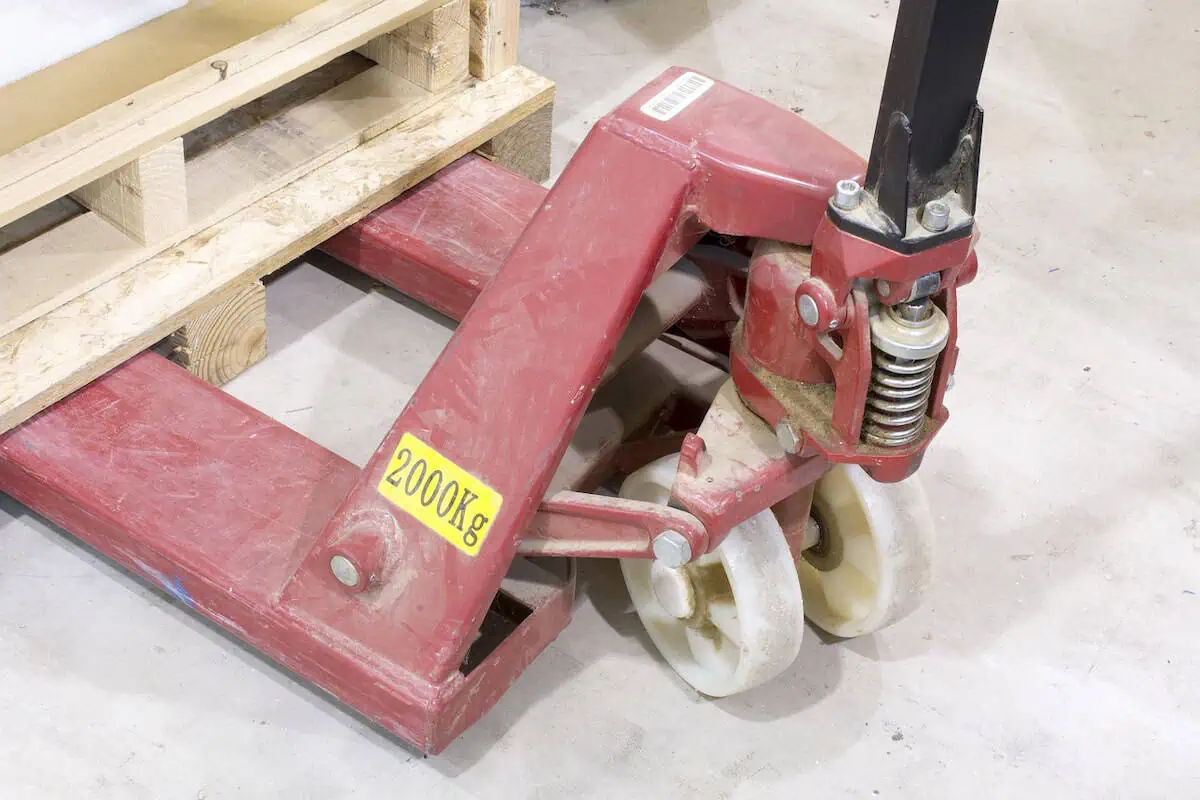In the age of digital transformation, the logistics industry is under constant pressure to improve speed, accuracy, and safety. From AI-driven inventory systems to robotic pickers, smart warehouse solutions are redefining how goods move.
Yet amid these flashy technologies, one unassuming tool continues to play a pivotal role: the hand truck. Often overlooked, hand trucks are essential for enhancing efficiency and reducing injury risk in warehouses of all sizes.
The Modern Warehouse Challenge
Warehouses are no longer just storage spaces—they’re the nerve centers of global commerce. Thanks to the explosive growth of e-commerce and customer expectations for same-day delivery, logistics operations have become more complex and demanding.
Rising Operational Demands
Fast order fulfilment and high turnover are now the norm. Companies must constantly move goods from receiving docks to shelving units, and from storage areas to packing stations. This places tremendous pressure on staff and workflows.
Labour Shortages and Strain
The labour market in warehousing and logistics has tightened in recent years. Finding and retaining workers is challenging, and repetitive, physically demanding tasks often lead to burnout or injury. Warehouse managers are now looking for solutions that support their teams while keeping productivity high.
Injury Statistics
According to global occupational health data, warehouse workers are particularly vulnerable to musculoskeletal injuries, especially back strains, shoulder injuries, and repetitive motion disorders. Most of these are linked to lifting, pushing, or carrying heavy loads without proper assistance.
Efficiency and Safety as Twin Goals
To remain competitive, warehouses must find ways to be both fast and safe. Streamlining workflows and reducing manual labour risks aren’t mutually exclusive—in fact, they’re closely connected.
What Are Hand Trucks?
A hand truck, sometimes referred to as a dolly or sack truck, is a two-wheeled transport tool designed to move heavy or bulky loads with minimal effort. It consists of a platform (toe plate), wheels, and a vertical frame with handles.
While simple in design, hand trucks come in a variety of forms to suit different applications:
Key Types of Hand Trucks
- Standard Upright Hand Trucks: The classic L-shaped model, ideal for stacked boxes and crates.
- Convertible Hand Trucks: These versatile models switch from a two-wheeled upright to a four-wheeled platform, offering flexibility for different load types.
- Stair-Climbing Hand Trucks: Equipped with rotating wheels or tracks to ease the movement of goods up and down stairs.
- Powered Hand Trucks: Battery-assisted trucks that help move heavy items with little physical strain, particularly useful in larger operations or for heavier goods.
Hand trucks are commonly made from lightweight aluminium, heavy-duty steel, or even high-impact plastic for specific environments. Many are foldable or modular, which allows for easy storage and transportation when not in use.
Efficiency Gains with Hand Trucks
Despite their simplicity, hand trucks can significantly enhance warehouse efficiency. Here’s how:
Faster Load Handling
Workers using hand trucks can move more items per trip compared to manual carrying. This reduces the total number of trips required to transport goods and increases overall throughput.
Less Fatigue, More Output
By transferring the weight of a load onto wheels, hand trucks dramatically reduce the physical strain on workers. With less energy spent on each task, employees can remain productive for longer periods.
Workflow Standardisation
Hand trucks introduce a level of consistency to material handling. When every worker follows the same method of transporting goods, errors and delays are reduced, and processes are easier to train and monitor.
Integration into Smart Warehousing
Modern hand trucks can complement other smart tools:
- Barcode Systems: Workers can scan goods while loading or unloading.
- Inventory Tracking: RFID-tagged hand trucks can be monitored for usage patterns or item location.
- Pick-and-Pack Optimisation: Some warehouses allocate hand trucks to specific zones or use sensors to optimise pick paths.
Injury Prevention Benefits
Hand trucks are as much a safety solution as they are a productivity tool. Their ergonomic design and mechanical assistance reduce the risk of workplace injuries.
Ergonomics and Worker Safety
Most injuries in warehouses stem from improper lifting techniques. Hand trucks reduce the need to bend, twist, or lift heavy objects by shifting the burden to the wheels and frame.
Minimised Lifting
The simple act of sliding a load onto a toe plate and tilting the frame significantly lowers the chance of back strain. Over time, this contributes to fewer absences, lower compensation claims, and improved employee morale.
Accident Reduction
By securing and stabilising loads during transport, hand trucks help prevent accidents like falling boxes, dropped goods, or tripping. This is especially important in fast-paced environments with narrow aisles and limited visibility.
Easier Training and Safety Compliance
Unlike forklifts or powered equipment, hand trucks are easy to learn and require minimal training. They also support compliance with occupational safety guidelines, making audits and inspections smoother.
Choosing the Right Hand Truck
Not all hand trucks are created equal. Selecting the right model requires careful consideration of your warehouse needs.
Key Factors to Consider
- Weight Capacity: Some models support up to 1,000 lbs, while others are suited for lighter loads.
- Surface Compatibility: Pneumatic wheels are ideal for uneven surfaces; solid rubber wheels perform better on smooth floors.
- Load Type: Boxes, drums, or oddly shaped items may require specialised frames or straps.
- Storage Space: Foldable designs are useful in facilities where space is at a premium.
Conclusion
In the race to modernise warehouses, it’s easy to overlook the quiet contributors to operational excellence. Hand trucks may not be flashy, but they’re indispensable. By improving efficiency, reducing physical strain, and supporting safety standards, these tools serve as the backbone of smart warehouse operations.
For warehouse managers aiming to optimise both performance and employee wellbeing, investing in the right hand truck—combined with smart training and workflow integration—can yield significant and long-lasting results.

